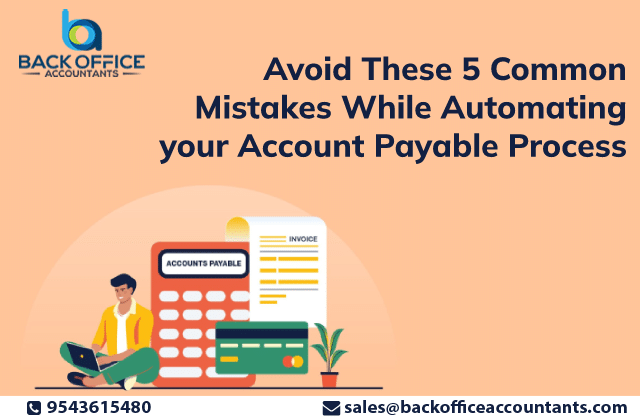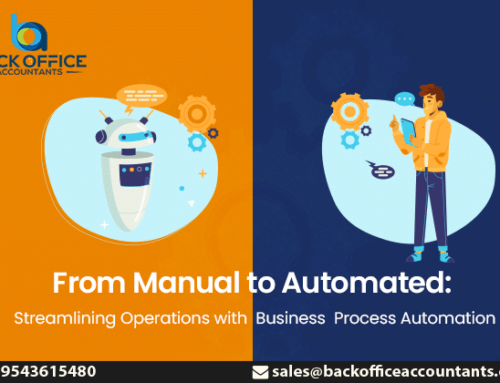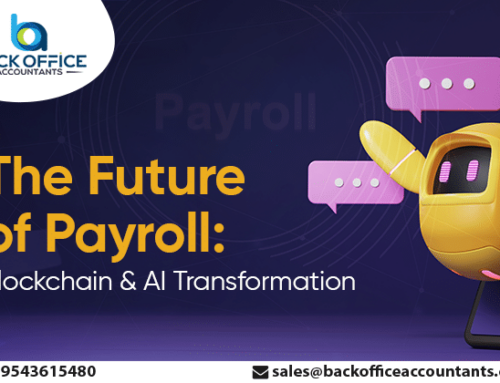Accounts Payable automation gives more control over your financial process and data, saves your time, and improves visibility & transparency of the AP process. By cutting down manual tasks, automation frees your resources the additional burden of the repetitive task to make them more productive while decreasing your invoice processing costs.
However, all these benefits are only possible when the automation is flawlessly planned and strategized as per the requirements and goals of the business. Automating the AP is still a manual process in the first place and it is prone to errors.
Automating Accounts Payable – A Bumpy Ride without Right Planning:
Making a switch to automation from manual AP process happens in phases and more often than not, is a lengthy process. From securing the buy-in for internal stakeholders, selecting the right integrations and training AP resources it is an elaborate process vulnerable to many ebbs and flows that may impact the overall AP performance.
Without expert help, businesses are prone to commit mistakes at every stage of this transition which thwarts their progress and performance. As a trusted remote accounting firm specializing in Accounts Payable Services Back Office Accountants has helped many firms helped them avoid these mistakes by crafting, overseeing and executing the Accounts Payable automation.
If you are a business that is considering automating your accounts payable process and are looking for help then this blog is for you. With the inputs of our Accounts Payable experts at Back Office Accountants, we will list out common mistakes made by businesses during Accounts Payable automation to make you aware and help you put your best foot forward:
5 Common Mistakes to Avoid While Automating your Account Payable Process:
1. Not zeroing in on requirements and goals:Automation is not a one-size-fits-all solution that magically solves all the AP problems. Each automation software has its own unique set of features that perfectly fit in to solve specific problems.
As a result, choosing the right AP software becomes a tricky job and businesses may end up choosing sub-optimal software that doesn’t solve the problems and surging the total costs for other integrations. So it always helps to prepare a list of ‘must-haves’ that you wish to solve &reach your specific set of goals. Also while you are at it, ensure that the said software is perfectly compatible with your current invoices and documentation.
2. Not verifying the clams by comparing with the current process:Automation does save time and money but the claims form vendors can be ambiguous at best. As a business one must verify how much an automation software can help over the current AP process and this can only be done by having a hard look at the current time and costs that go into the current AP.
To make the right judgements, a business must always have the right information about the time and cost implications of the current AP process. This information helps you judge the true benefits of AP automation and also makes it easy to double-check and verify the claims of the software provider.
3. Not enough information about integrations: Every automation software has its own unique set of features and pitfalls. This difference manifests in the way they integrate with the current financial process/software and collect information for seamless processing.
According to our Accounts Payable experts at Back Office Accountants, these integrations are not smooth and seamless as vendors claim them to be. Especially integration with ERP, accounting system and AP software is more often than not, blotchy. Businesses can avoid these potential problems by testing invoice processing and integration of software with your current process and picking the right one that performs the best.
4. Lack of long term software plan: While the features of AP software may cater to current requirements, it is possible they may not align with your future goals and requirements. Especially for growing businesses, the goals and requirements may change and it is important to ensure they align with that of AP automation software.
If the roadmap of your business is ready it always helps to ensure that the software offers the same compatibility and will cater to your organizational goals and requirements in the future as well. Your business can do this by asking for the road map of the software and then ensuring it aligns with your future goals. For this to happen businesses must have a clear idea of the software requirements of their growth plan.
5. Not Training enough resources: Due to the potential financial risk, businesses tend to limit the number of trained personnel. Most times, even limiting them to only one, and this inevitably will trigger potential AP problems. While verification becomes tough and a business will always be at risk of resource problems when it comes to managing and executing AP automation. So businesses are always advised to train adequate resources (at least 4) to avoid these potential problems in the future.
Ensure Accurate & Efficient Accounts Payable Services with Back Office Accountants:
As a remote accounting firm with an excellent track record in outsourced accounts payable services, Back Office Accountants has been providing comprehensive accounting services for more than a decade now. Our team of CPAs and Accounts Payable experts are equipped with the latest automation software and tools that help you accrue all the benefits of automated accounts payable. In addition to this, we also provide consultation and assistance to help your business automate your accounts payable. So whether you a business that needs assistance for AP automation or a business that is looking to outsource your accounts payable services, you can contact us here: https://www.backofficeaccountants.com/







